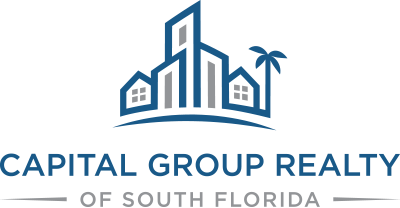How Mortgages Work
When you take out a mortgage, you borrow money from a lender to buy your home. A mortgage is a secured loan with your home as collateral, so the lender will hold the title to the property until the loan is paid in full. You will make payments on the loan each month, including interest, until it is paid off. At that point, you'll hold the title and own your home outright.
When you choose a mortgage, you have four major decisions to make: the lender, loan type, loan term, and interest rate type
Types of Mortgage Loans
There are two major types of mortgage loans: government-backed and conventional. Government-backed mortgage programs offer guarantees to lenders that reduce their risk and can make it easier for borrowers to qualify for a mortgage. Conventional loans do not offer the same guarantees but may have lower interest rates.
1. Government-backed loans
FHA Loans
FHA loans. The Federal Housing Administration, part of the U.S. Department of Housing and Urban Development, offers loan programs that make it easier for homebuyers to qualify for mortgages. The FHA doesn’t lend money; instead, it insures mortgages and reimburses lenders if borrowers default on the loan.
With government backing, it’s easier to qualify for FHA loans than conventional ones. You could qualify with a lower credit score and a smaller down payment, as little as 3.5%. However, you need to pay the FHA an upfront fee of 1.75% of the loan amount, plus annual mortgage insurance for at least 11 years. With these fees, FHA loans can be more expensive than conventional ones.
VA Loans
VA loans. The U.S. Department of Veterans Affairs offers a loan guarantee to help active-duty members of the military, veterans and their surviving spouses qualify for mortgages. There are zero-down-payment VA loans, and lenders may charge a lower interest rate compared to conventional loans. However, funding fees are higher the smaller your down payment.
USDA Loans
USDA loans. The U.S. Department of Agriculture Single Family Housing Guaranteed Loan Program encourages people to purchase homes in rural areas. Borrowers in these areas can qualify more easily for these loans and at a lower interest rate because the USDA guarantees the loan. However, USDA loans are only available in certain rural areas. They require an upfront fee of up to 3.5% of the mortgage amount and an annual fee of up to 0.5% of the unpaid balance.
"State and local mortgage programs. State and local governments often have their own mortgage programs to help people buy homes. There are programs that help first-time buyers, encourage buyers in underdeveloped areas and support public sector employees such as firefighters and teachers. Check with your state or local housing department to see what programs are available in your area."
2. Conventional Mortgages
Conventional
Conventional mortgages aren’t part of a government program. They’re a contract between homebuyers and private lenders. These loans can be more difficult to qualify for because they don’t have a guarantee if you default. However, they don’t have any rules limiting who can apply.
Conventional mortgage lenders typically require a down payment from 5% to 20%, though some offer loans with a down payment as low as 3%, according to the Consumer Financial Protection Bureau. If you have a down payment of less than 20%, your lender will likely require you to buy private mortgage insurance, which pays the lender if you default
Loan term. Loan term is the length of your mortgage, or how long you are scheduled to make payments. Mortgage loan terms are usually 15 or 30 years.
Your loan term significantly influences how much you pay per month. With a longer mortgage term, your monthly payments are smaller because you have more time to pay the loan back. However, a longer term will cost more in total interest, and long-term mortgage interest rates are usually higher than short-term ones.
Example
Compare a $200,000 mortgage with a 15- or 30-year term. Each loan charges a 3.5% interest rate. With the 15-year mortgage, the monthly payment is $1,430 with $57,358 in total interest. With the 30-year mortgage, the monthly payment is $898. However, the total interest is $123,312, more than twice as much as the 15-year loan’s interest.
Check out U.S News and World Reports list of the best mortgage lenders of 2019




